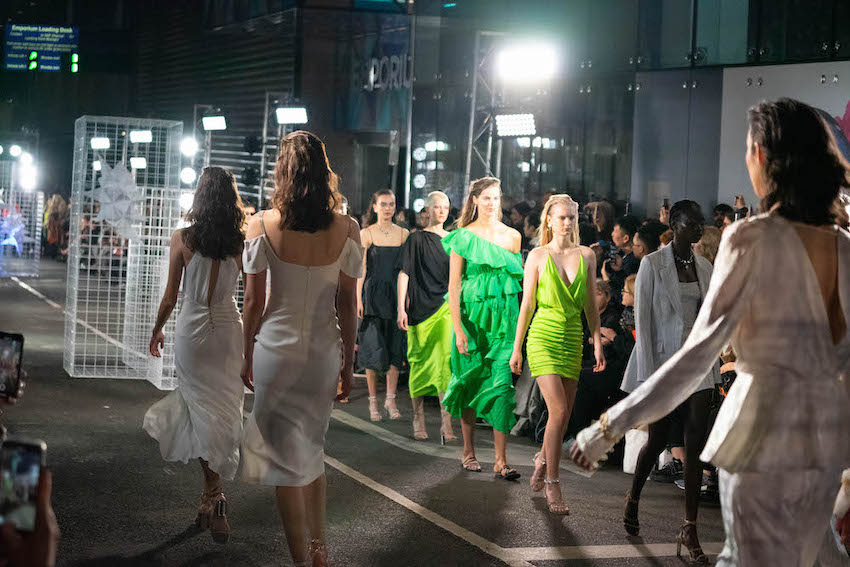
As our earth warms, fires rage unchecked, and our oceans choke on plastic – one thing has become clear; environmental issues have risen to the forefront of people’s consciousness.
While the headlines make it all seem doom and gloom, the positive side is that the majority of humans are making deliberate changes to their behaviour to lessen their impact on the environment; whether it be through the bags they carry to the supermarket, the food they eat, or the very clothes they put on their back.
And the fashion industry is no exception.
Here we look back on 2019, a massive year that saw the pendulum start to swing. And what’s next? What challenges does the industry face as we head into the next decade?
THE AGE OF TRANSPARENCY
As we’ve mentioned, people are becoming more environmentally and socially conscious. People are now demanding transparency about where their goods are coming from.
This year the “Who Made My Clothes” Fashion Revolution hit new heights. The campaign was started in 2013, after the Rana Plaza garment factory collapse, in Bangladesh, which saw 1,138 people killed and many more injured. Since then, people from over 100 countries have come together to use fashion to change the world.
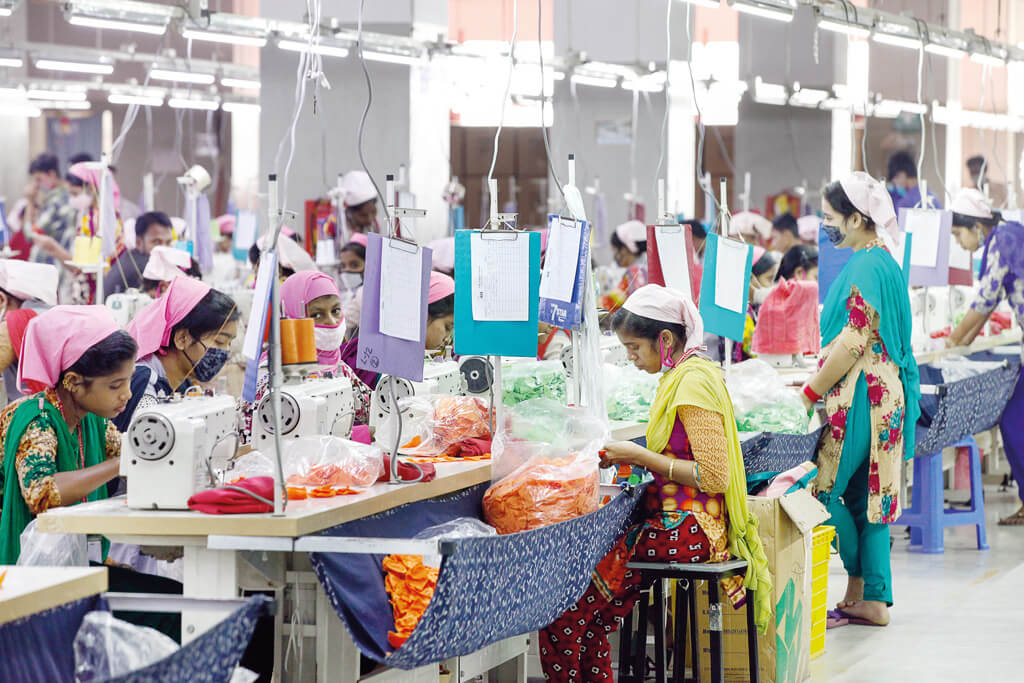
In 2019, more people asked #whomademyclothes than ever before. And this year, the supply chain resoundingly answered #imadeyourclothes, with more and more brands taking on the step to become transparent.
Of the movement, Tasmin Lejuene from Common Objective said, “Fashion Revolution, I believe, is our greatest hope for change in the fashion industry. I’ve seen it grow from strength to strength. It is by far the strongest movement, and the most impactful.”
AUSTRALIAN BRANDS JOIN THE MOVEMENT
We’re happy to report, mainstream Australian brands are also getting on the same page. Homegrown talent are taking small, but applaudable steps to better both the fast and luxury fashion systems.
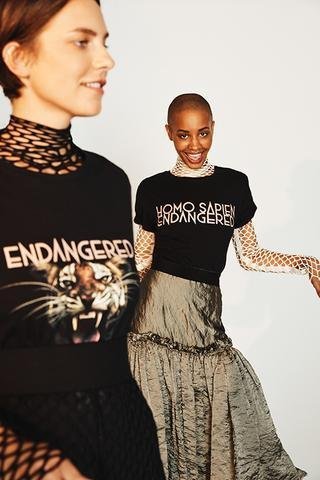
Brands and designers are dropping smaller collections that focus on timeless pieces, rather than what’s on “trend”. They’re also using better materials, that are built for longevity rather than “one wear”. Companies and designers of note include Skin and Threads, Jac and Jack, Ginger & Smart, Manning Cartell, Spell, Tigerlily, Kitx, The Social Outfit and Viktoria & Woods.
NEW MATERIALS
In its drive to be fashion forward, it’s no secret the textile industry often falls short when it comes to environmental consciousness; from overproduction to excess water and chemical usage the problem areas are well, problematic, to say the least.
That said, with sustainability at the forefront of consumers’ minds, more and more innovators are now thinking outside the box to create innovative eco-friendly materials and textiles.
Take London-based Ananas Anam for example. The team there have created a non-woven textile out of pineapple leaves – known as Piñatex, it aims to be an alternative to leather.
On the other side of the Atlantic, US label SVILU uses Cupro – a regenerated cellulosic material made from the fine, silky fibre surrounding the cotton seed and a by-product of cotton production, which is often discarded.
Meanwhile, minimalist clothing brand Everlane have developed a line of clothing that utilises fabric made from recycled plastic bottles. Sounds pretty good, right?
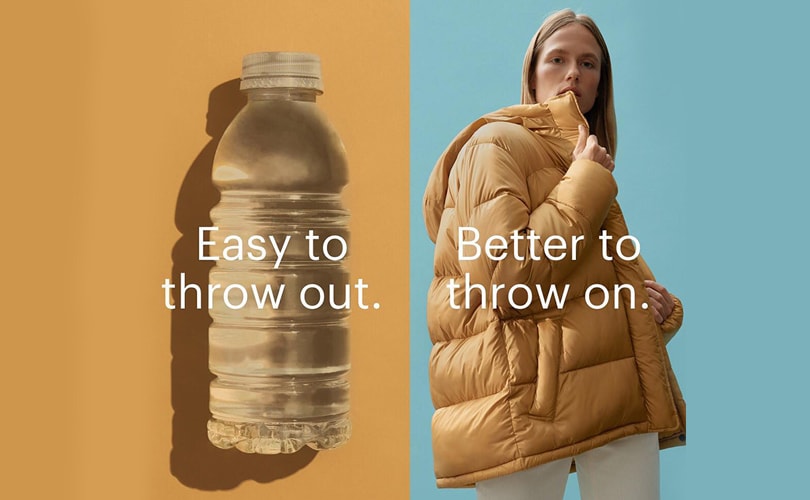
SUSTAINABILITY VS PROFIT
Fashion is a wasteful industry. There’s no secret about it. But while it’s easy to point fingers at fast fashion brands, the truth is luxury brands are also committing major fashion crimes. According to Jing Daily, last year Burberry allegedly burned over $37.6 million of its own unsold merchandise. Why? So it wouldn’t be sold at bargain basement prices.
Let that sink in for a second. Rather than sell products at a reduced cost, the house chose to physically destroy millions worth of stock.
The fashion industry is driven by a complex interplay between exclusivity, profit, labour and trend; all of this works towards driving profit. In doing so, it means that sustainability often falls by the wayside.
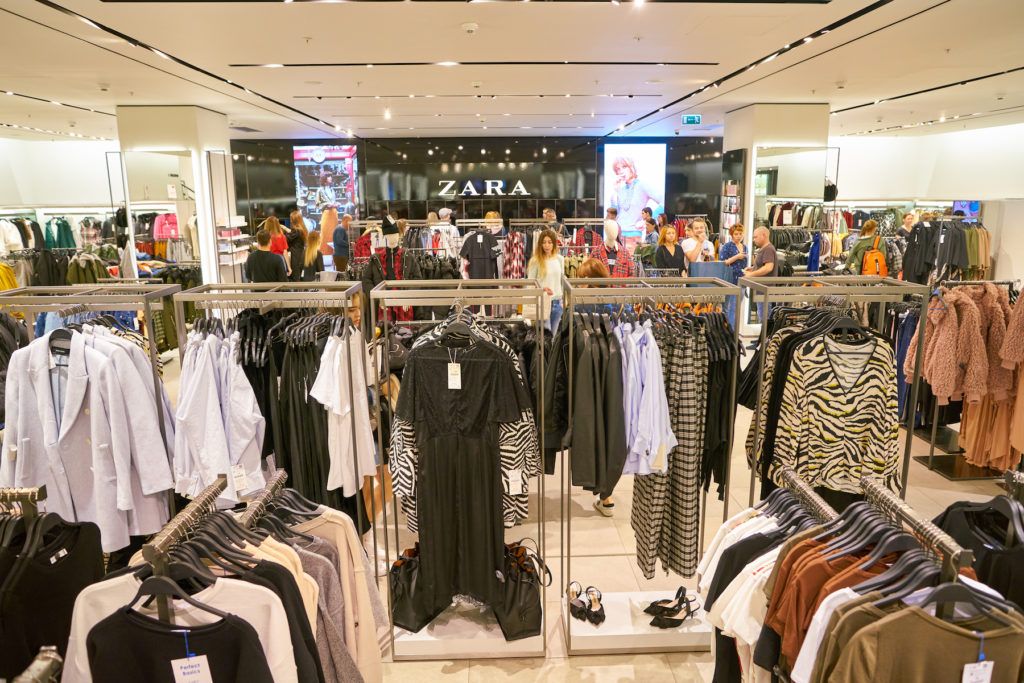
Sustainable products are an expensive business in an already expensive game.
Garments that use experimental fibres more often than not are using expensive, experimental technology. In turn, these costs are passed onto the consumer. This poses a threat moving into 2020. With a slowing economy, interest rate cuts and tax rate cuts people are spending less and holding onto their cash in search of bargains.
THE FUTURE OF FAST FASHION
Fast fashion continues to be one of the main challengers to the movement. The whole business model is driven by trend and rapid change, all of which are delivered at low cost to consumers. Wastage is high – whether it be through the clothes itself, or the resources used to produce materials and textiles.
An article by “The Conversation” stated that residual fashion waste averages 2.25 million tonnes per year in Australia, with an estimated clothing value of $500 million. By 2030, it is predicted that the fashion industry will use two Earths’ worth of resources, with the demand for clothing increasing by 63%. That’s scary stuff.
Headway is being made though. At the G7 summit in August, French president Emmanuel Macron announced a fashion industry pact with 150 brands that promised reduce environmental impact. And in July of this year, fast fashion giant Zara’s parent company, Inditex, also announced plans to grow more sustainable. Protestors, like Extinction Rebellion have also done much to draw attention to the industries practices.
But now is the time to ‘walk the walk’.
We once wrote, “As long as there is cheap clothing, ethical and sustainable fashion will always be considered as ‘too expensive’.” We’d like to amend that. While fast fashion will never be eliminated, it’s true that change often starts at the top and filters down. If luxury brands like many of the ones that jumped onboard with Macron are continually seen doing the right thing – fast fashion will have no choice but to follow suit because it will make things exclusive and desirable.
The right choices can be made at both the retailer and consumer level. So, we ask every consumer moving into 2020; buy better no matter what the cost. Because when you do, you’re saying that you value the world as well as the people in it.